Emerging Applications
The emergence of new applications is a significant driver for the PAN Based Carbon Fibers Market. Industries such as electronics, sports equipment, and medical devices are increasingly recognizing the advantages of PAN based carbon fibers, which offer superior strength-to-weight ratios and thermal stability. In 2025, the market is expected to expand as manufacturers explore innovative uses, such as in 3D printing and smart textiles. The integration of PAN based carbon fibers in these applications not only enhances product performance but also opens new revenue streams for manufacturers. This diversification of applications is likely to contribute to a projected market growth of approximately 15% over the next few years.
Growing Automotive Sector
The automotive sector's growth is a significant driver for the PAN Based Carbon Fibers Market. As manufacturers strive to enhance vehicle performance and fuel efficiency, the demand for lightweight materials has surged. PAN based carbon fibers are increasingly being integrated into vehicle components, such as body panels and structural reinforcements, due to their strength and weight advantages. In 2025, the automotive industry is expected to account for a substantial share of the PAN based carbon fibers market, with a projected growth rate of approximately 9%. This trend is further supported by the shift towards electric vehicles, where reducing weight is essential for improving battery efficiency and overall vehicle range.
Sustainability Initiatives
The increasing emphasis on sustainability is a pivotal driver for the PAN Based Carbon Fibers Market. As industries strive to reduce their carbon footprints, the demand for lightweight and high-strength materials has surged. PAN based carbon fibers, known for their excellent mechanical properties and recyclability, align well with these sustainability goals. In 2025, the market is projected to witness a growth rate of approximately 10% annually, driven by the automotive and aerospace sectors, which are increasingly adopting these materials to enhance fuel efficiency and reduce emissions. Furthermore, regulatory frameworks promoting eco-friendly materials are likely to bolster the adoption of PAN based carbon fibers, making them a preferred choice in various applications.
Technological Advancements
Technological advancements play a crucial role in shaping the PAN Based Carbon Fibers Market. Innovations in production processes, such as the development of more efficient spinning techniques and improved stabilization methods, have significantly enhanced the quality and performance of PAN based carbon fibers. These advancements not only reduce production costs but also expand the range of applications for these fibers. For instance, the introduction of advanced composite materials incorporating PAN based carbon fibers is expected to drive market growth, particularly in sectors like wind energy and construction. As of 2025, the market is anticipated to grow at a compound annual growth rate of around 12%, reflecting the impact of these technological innovations.
Increased Demand in Aerospace and Defense
The aerospace and defense sectors are experiencing a notable increase in demand for PAN Based Carbon Fibers Market products. The need for lightweight, high-strength materials is critical in these industries, where performance and safety are paramount. PAN based carbon fibers are increasingly utilized in aircraft components, military vehicles, and protective gear, owing to their superior mechanical properties. As of 2025, the market is projected to grow by around 8% annually, driven by ongoing investments in aerospace technologies and defense modernization programs. This trend indicates a robust future for PAN based carbon fibers, as manufacturers seek to meet the stringent requirements of these high-performance applications.
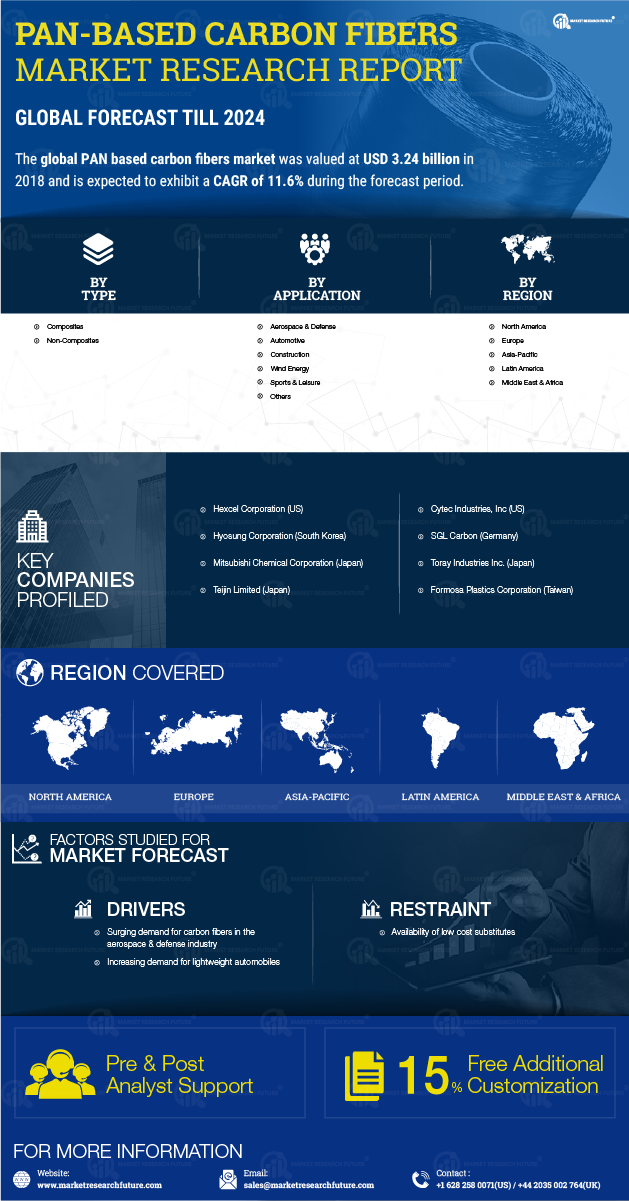

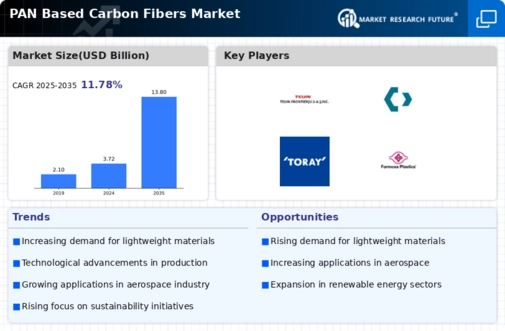
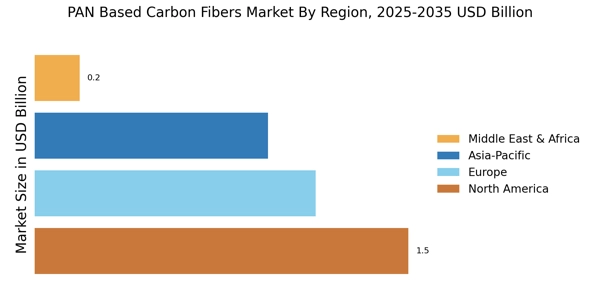
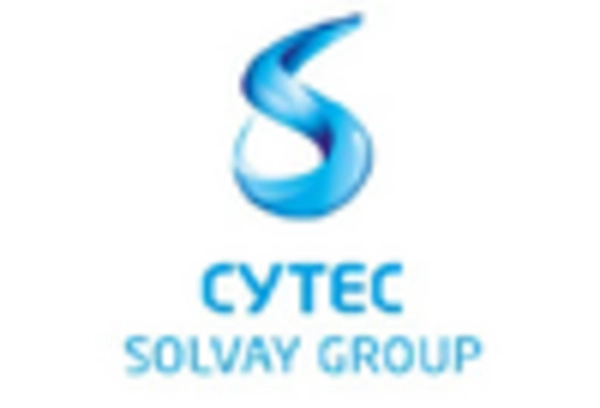
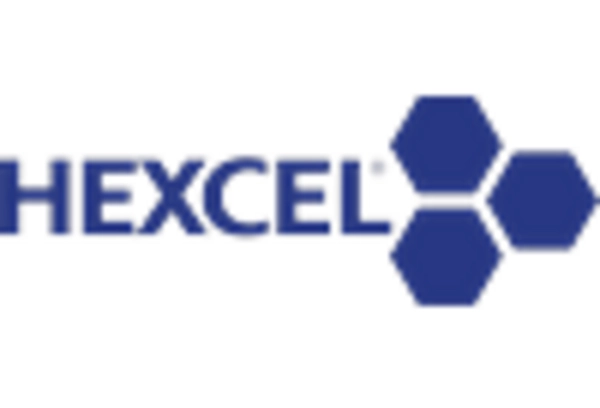
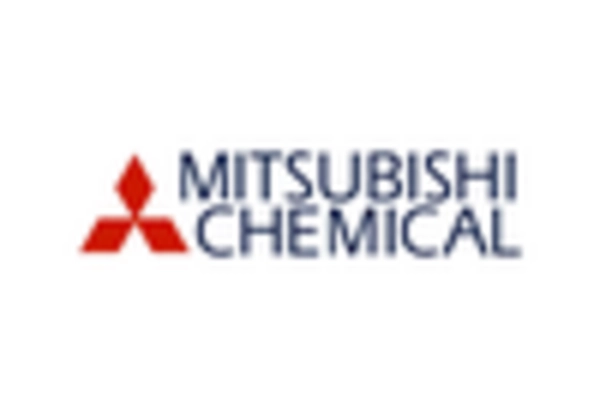
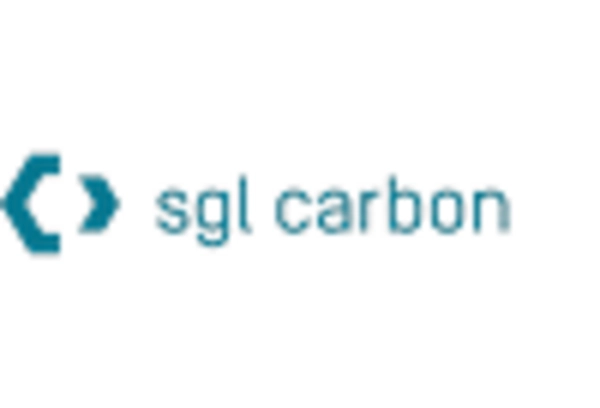
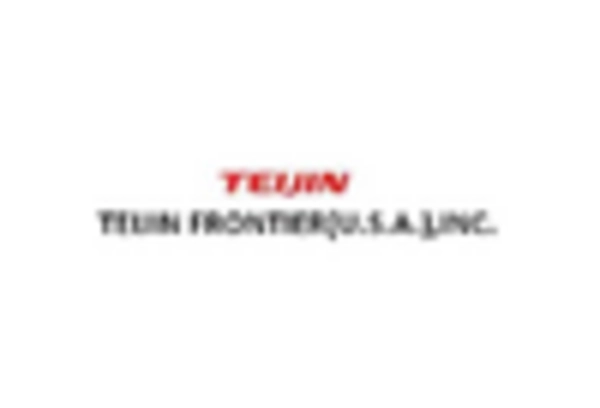
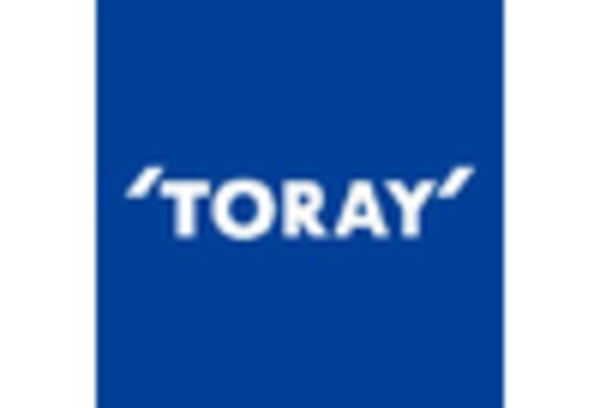








Leave a Comment